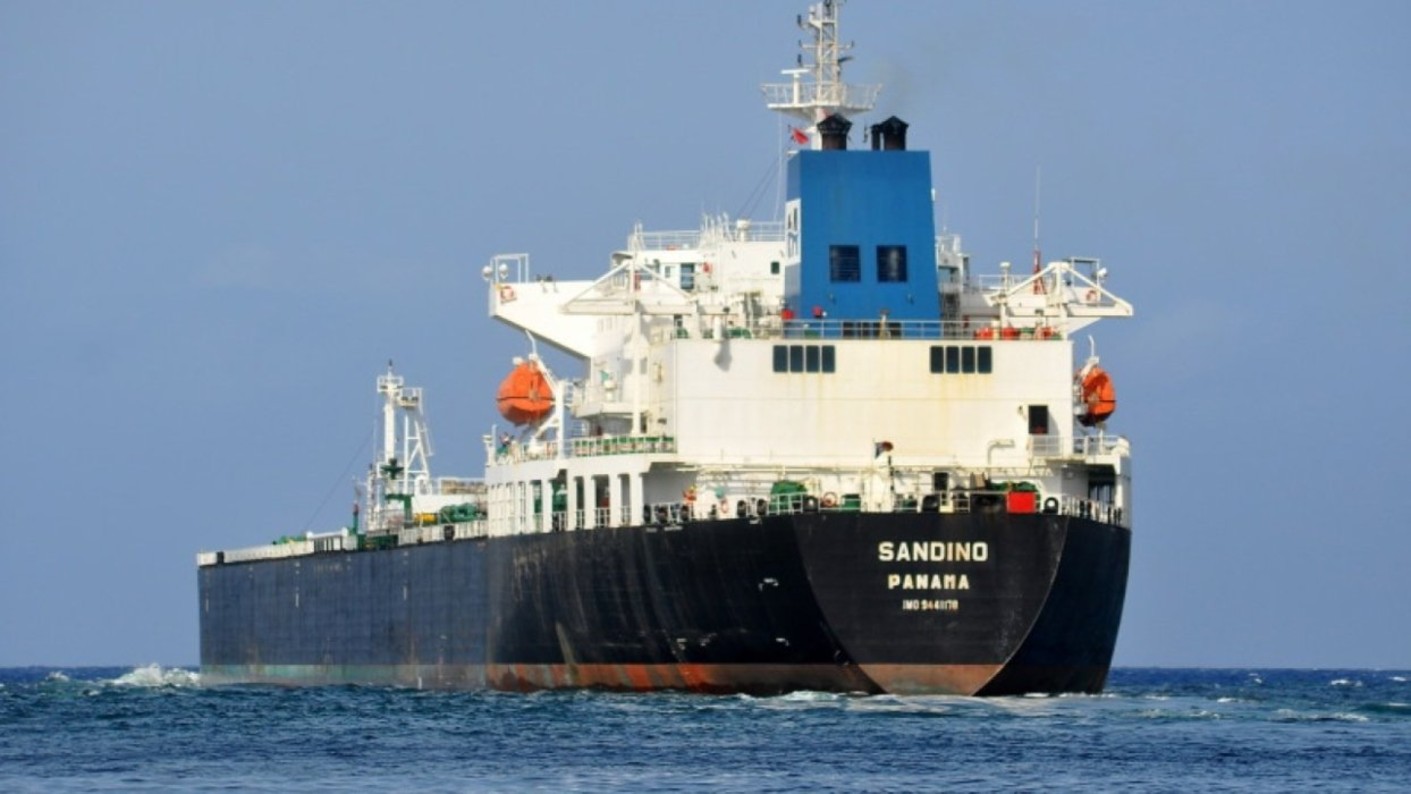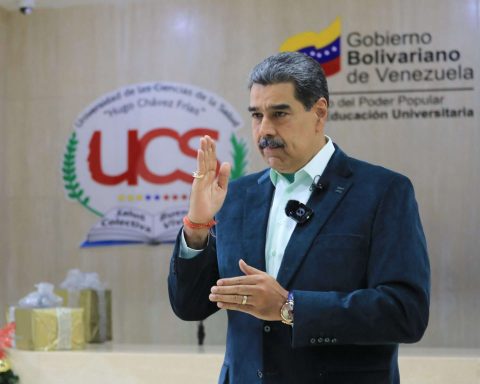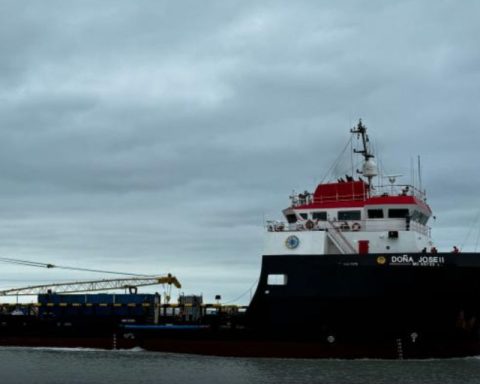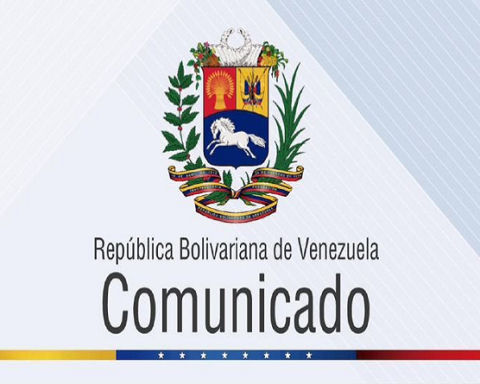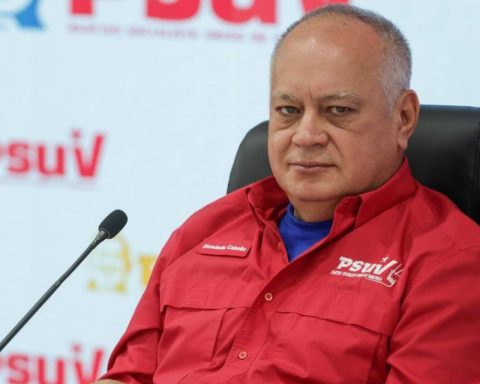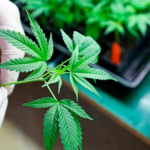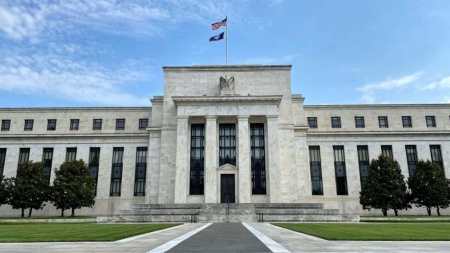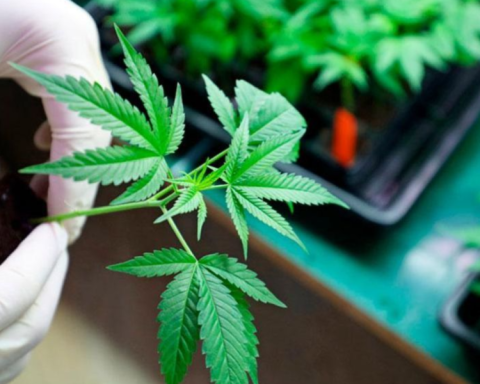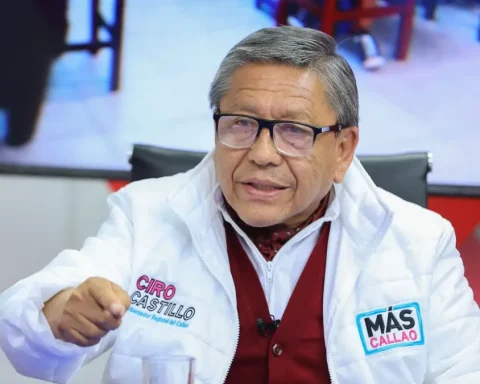The nine Cuban tankers that sail between Cuba and Venezuela loaded between 10% and 12% of the total Venezuelan exports to the island in 2022
Tankers owned by the Cuban state oil company Cupet and Cubametales traveled an average of seven times a month to Venezuela to load crude oil, PDVSA fuels and petrochemical products in 2022. Against all odds, despite the age of the vessels, in contravention of United States sanctions and at the expense of the low availability of gasoline and diesel in the country, both governments continue to increase their operations.
The nine Cuban-flagged tankers that have been constantly sailing between the ports of Cuba and Venezuela with greater intensity since 2020 are Alicia, Esperanza, Delsa, María Cristina, Lourdes, Petion, Sandino, Vilma and Yara.
Since August of last year, the Delsa ship has been on the island of Curacao for repairs. Until 2019, several PDVSA tankers came to transport fuel to Cuba, but the drop in Venezuela’s oil resources caused these shipments to stop.
According to the information reported by international pages of ship monitoring services, the lowest number of Cuban ships that arrived in the country in a month was four, while nine loaded and set sail from Venezuela, that is, the nine operational ships all arrived in the same month.
December was one of the periods with the highest intensity of operations of this type between both oil companies. These ships typically carry 190,000 barrels of diesel and 200,000 barrels of gasoline. The latest known figures indicate that Venezuela managed to send 57,000 barrels per day to the island in the first seven months of 2022.
These ships carry various fuels such as gasoline, diesel and A1 jet, as well as oil supplied by the state-owned Petróleos de Venezuela. The ports where they mainly arrive are Matanzas, Cienfuegos and Santiago de Cuba and from Venezuela they usually depart from the ports of the Amuay y Cardón refinery in Falcón state and from the Jose refinery in Anzoátegui state.
In 2022 both oil companies executed a new strategy for tanker loading. Several of the Cuban ships loaded fuel orill in Amuay and crude in Jose, while others loaded gasoline at one terminal and diesel or Jet A1 at another terminal in these ports.
Three tankers from the communist dictatorship of #Cuba waiting to load crude oil and derivatives at Amuay Anch, #Venezuela
Note: Alicia another ship of the Cuban regime set sail from Amuay and sailed to Puerto La Cruz to finish filling diesel, gasoline, Jet Fuel… (see TL)#oil#oott pic.twitter.com/OCCw6EPmOk
— Armand Delon ? (@DelonArmand) October 4, 2022
pdvsa it still has serious difficulties to increase production, due to the sanctions of the United States and the lack of investment for the maintenance of the oil infrastructure for several years. That is why there are still problems in fuel refining, which was evidenced in the most recent gasoline shortage crisis throughout the country last December, when there were long queues of vehicles at service stations with subsidized sales and in foreign currency and the closure of several of these establishments.
On the other hand, the country’s oil sales continue without recovering and in 2022 closed at an average of 616,540 barrels per day, which meant a 2.5% drop compared to 2021 and slightly below 2020, from According to figures given by Reuters.
Despite these conditions, Venezuela has not stopped sending fuel and crude oil to the Cuban government. According to information reported by news agencies, Pdvsa sent between 10% to 12% of total Venezuelan exports to Cuba in 2022, including Merey 16 oil, the only crude that is refined in the country.
*Read also: This is how the loading and unloading of crude oil and fuels in Chevron tankers is going in Venezuela
Post Views: 269
